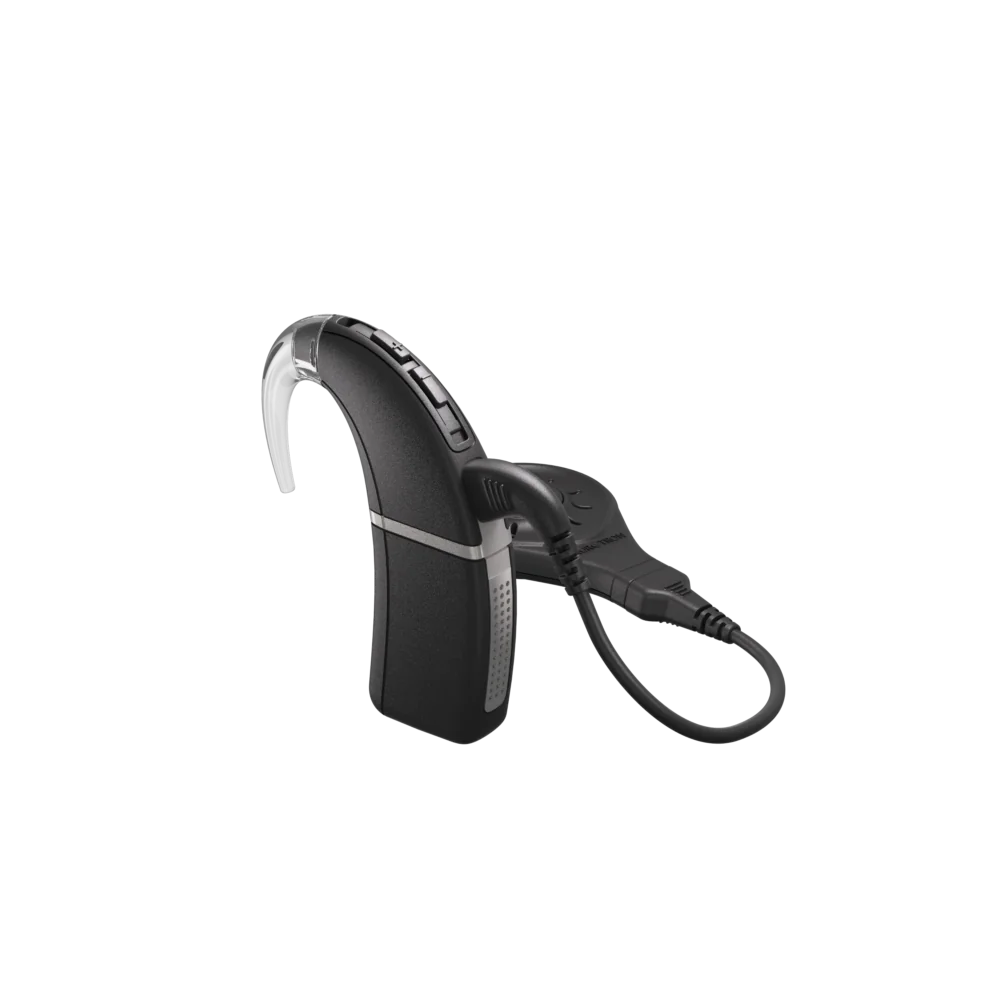According to the World Health Organization, over 466 million people worldwide experience disabling hearing loss. This staggering statistic underscores the urgent need for innovative solutions in auditory technology, particularly bluetooth cochlear implants that have revolutionized how individuals with hearing impairments connect with their environment.
The Remarkable Features of Bluetooth Cochlear Implants

Bluetooth cochlear implants represent a significant advancement in auditory rehabilitation, combining traditional implant functionality with modern wireless technology. These devices not only facilitate direct streaming from smartphones and other Bluetooth-enabled gadgets but also enhance user convenience through seamless connectivity. Furthermore, they are designed to integrate effortlessly into Standard Operating Procedures (SOPs), ensuring consistent performance and reliability across various clinical settings.
Nurotron’s Commitment to Excellence in SOPs for Bluetooth Cochlear Implants
Nurotron has emerged as a leader in the field of cochlear implantation by adhering strictly to established Standard Operating Procedures (SOPs). Their commitment ensures that each device is manufactured under stringent quality control measures, which encompass everything from initial design specifications to post-implantation follow-ups. Nurotron’s SOPs prioritize patient safety and satisfaction while facilitating effective communication between healthcare providers and patients throughout the entire process.
Key Characteristics of Cochlear Processors within SOP Frameworks
- Standardization: Each cochlear processor follows a standardized protocol during production, guaranteeing uniformity in sound processing capabilities.
- User-Centric Design: The processors are engineered based on user feedback collected systematically through SOP-driven surveys and assessments.
- Sustainability Measures: Nurotron incorporates eco-friendly practices within its SOPs when manufacturing these processors, reflecting a commitment to environmental responsibility.
- Error Reduction Protocols: Rigorous testing procedures outlined in the SOP framework minimize potential errors during both manufacturing and fitting processes.
- Pediatric Considerations: Special protocols exist within the SOP guidelines specifically tailored for pediatric patients who require unique considerations regarding device size and programming adjustments.
A Concluding Perspective on Bluetooth Cochlear Implants’ Role in Modern Healthcare
The integration of Bluetooth technology into cochlear implants marks an important milestone not only for audiology but also for patient-centered care practices encapsulated within Standard Operating Procedures (SOPs). By prioritizing innovation alongside strict adherence to quality standards, we can ensure that these advanced devices significantly improve communication abilities among those affected by hearing loss while fostering greater independence and social inclusion. As we move forward into an increasingly connected world, it is imperative that we continue refining our approaches towards enhancing auditory experiences through such groundbreaking technologies.
Click cochlear processor.